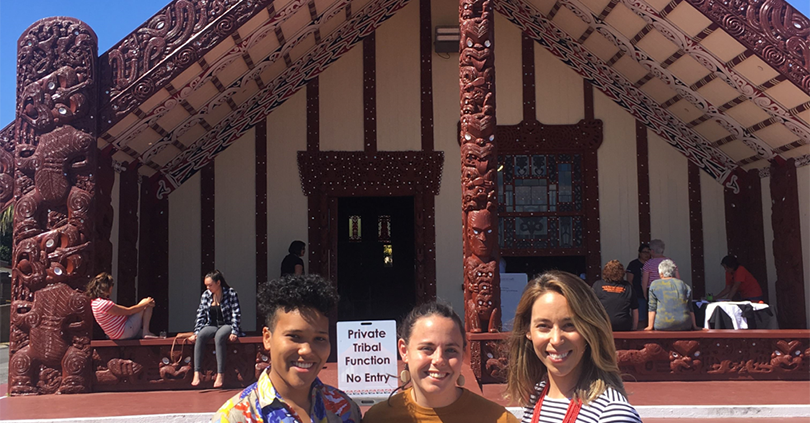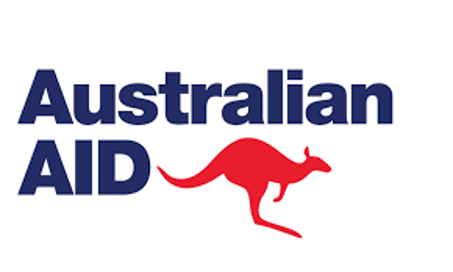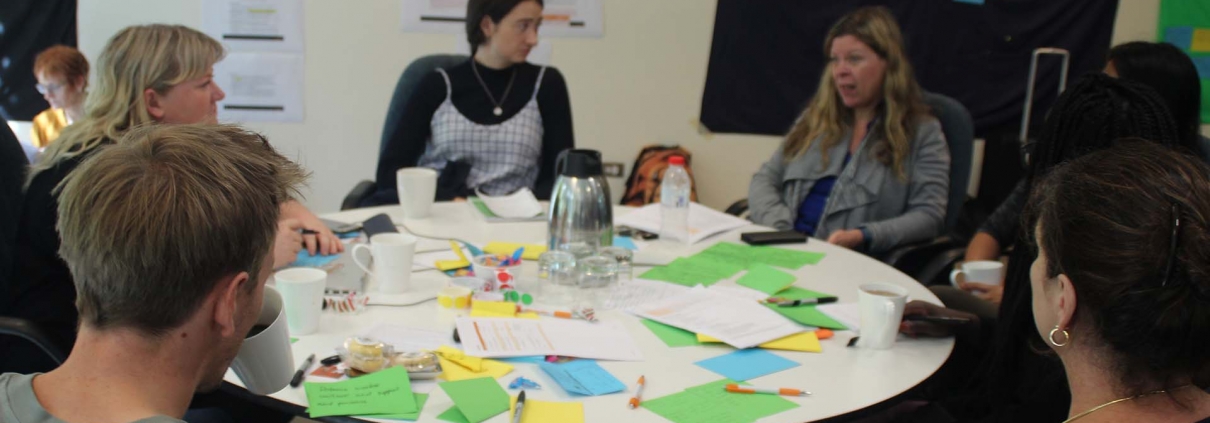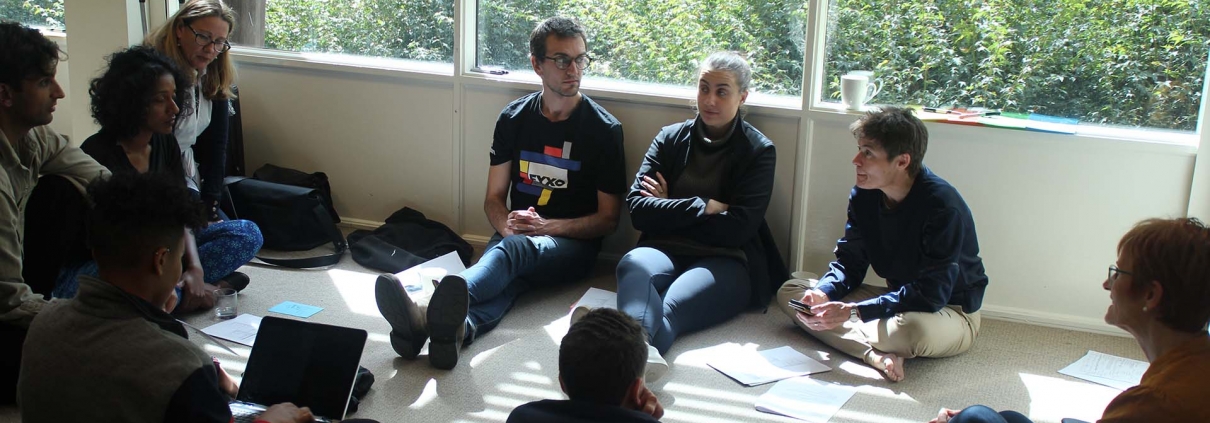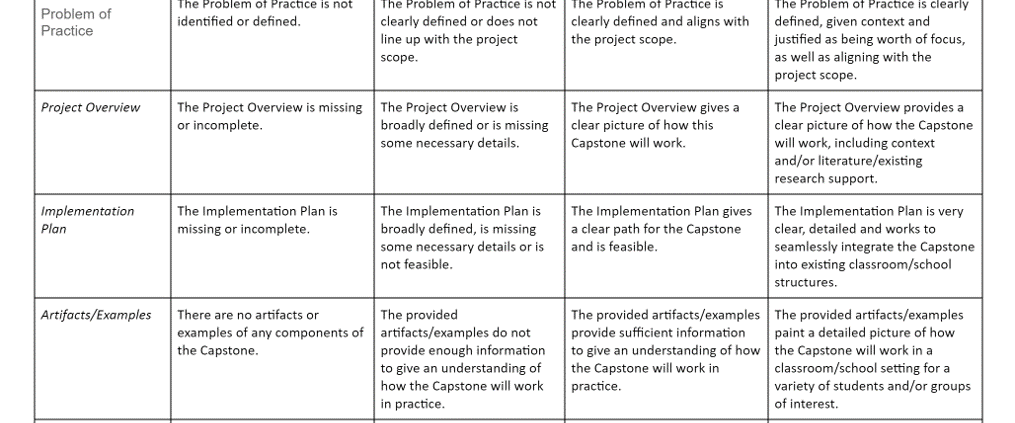At a recent BreathIn session,…
(Wait a what? – A Breath In is like of community of practice, its where we get to stop and reflect collectively across the work we and others are doing to test, stretch and create ideas and practice)
… Jess Dart, Ellise Barkley, Mila Waise, Anna Powell, Liz Bloom and I gathered to reflect on what we have learnt recently about working on place-based initiatives, the generic theory of change model we have all had a hand developing our learnings around evaluation in the space.
And so what have learnt? What did we come up with? Here are our significant take-aways from the day:
1. It is difficult to develop a generic Theory of Change model for place-based work. Because:
The transformative intent and complexity of the work does not lend itself to a single two dimensional diagram. There are many layers to the work, a common refrain during our discussion about the theory of Change model was ‘it happens across the model’ for example ‘leadership, that needs to be in every box of the Theory of Change’. Ellise shared a model that was developed by one of the groups she worked with. It was three dimensional, made of boxes, passage ways, levels and there were choices to be made as you navigated your way through it. I think where we got to is that place-based work is ultimately about transformation, and that transformation needs to happen within each individual, at all levels (like a contagion) before we get instances and then widespread transformation at the system levels and see the benefits at the population level.
This transformation often happens at the interstices or gaps between the nodes in a system and within the nodes. Interstice can be physical or intangible, they can be literal or figurative gaps. Which is why you often hear people discuss a) the importance of relationships and intangibles in this work and b) the importance of experiencing the work to really understand it.
This work is intrinsically linked with movement building. This means that the work becomes inherently political and relational. It forces us to engage with the deep assumptions that underpin our own worldviews, those of others and those underpinning the systems we are trying to transform. We are often having to deconstruct and destroy what is, to rebuild ourselves, our system, our place towards what is desirable. To do this, it helps to take a learning stance when doing this work.
2. Evaluation certainly needs repurposing and rethinking in this context
A common starting point with any kind of evaluation is to think through who it is for (audience). But when you are working on an initiative that aims to transform through collaboration the work belongs to everyone. There is not one primary audience but many audiences, everything is owned by everyone. Furthermore, a key purpose of the evaluation work seems to be to articulate, explain and demonstrate the work and its impacts. This requires looking at the whole, as well as the sum of the parts (see contribution point below). Writing to cater for these multiple narratives and audiences is a balancing act. In this context the relationship between communication and evaluation is much closer than evaluators usually like it to be.
A common tool used to guide an evaluation are key evaluation questions. Following on from our discussion about the theory of change the key evaluation question that came to mind was: How (well) are we transforming? The standard questions of efficiency and effectiveness are not really appropriate. For systems change initiatives, we know it takes a lot more time and resources to do this work, ten years seems to be a good start. We also know that over investing in clarifying outcomes can divert people from really working out what needs to be done. As the outcomes are still emerging, this is exactly what they are working out. In these adaptive initiatives the theory of change is never finished and never completely right – they need to keep evolving as we learn. Jess likes to say we need to keep them “loose and hold them lightly”.
A common issue in evaluation is how to address contribution. That is, the need to show the distinct lines of contribution for different partners, in terms of they are contributing to the observed changes and outcomes. This we had greater clarity on. Firstly, Clear Horizon’s “What Else Tool”, is useful starting point for thinking through your contribution story. Secondly, it is important to clearly distinguish between what the ‘backbone’ impacts and what the ‘collective’ impacts. For example, you may need to have two separate reports or nested reports, but you must acknowledge the different contributions.
Finally, I think we were all reminded of the evaluator’s opportunity (and maybe responsibility) to be an integral part of the transformation effort. This only underscores the importance of investing time to Breath in!
From Mila: Thanks Zazie for the opportunity to reflect on the Breath-in session, I could only add:
Whether we are exploring a common theory of change for Place-based initiatives, or reporting and evaluation for Collective Impact initiatives, my biggest take away was from the Breath-in session is the need to use an equity or social justice lens in our work, as much as scientific, partnership or public policy paradigms. Due to the complex nature of disadvantage and vulnerability experienced by children, young people and families, we are constantly required to adapt, think outside the box and test different interventions.
One thing we know for sure is that different ways of thinking and working are required in response to the variations in the context, circumstance and drivers within place. Families, communities and places are dynamic and our collective understanding of what is desirable, positive, acceptable or challenging for individuals and communities keeps on changing. Hence, developing a generic/common theory of change for initiatives working on tackling social issues at place, is complicated.
The guiding light in these circumstance and hopefully a common worldview that can help bridge the different disciplines and competing needs, are the concepts of human rights and equity that had been supporting individuals and communities to reach their full potential amidst the odds: access, equity, rights and participation.

